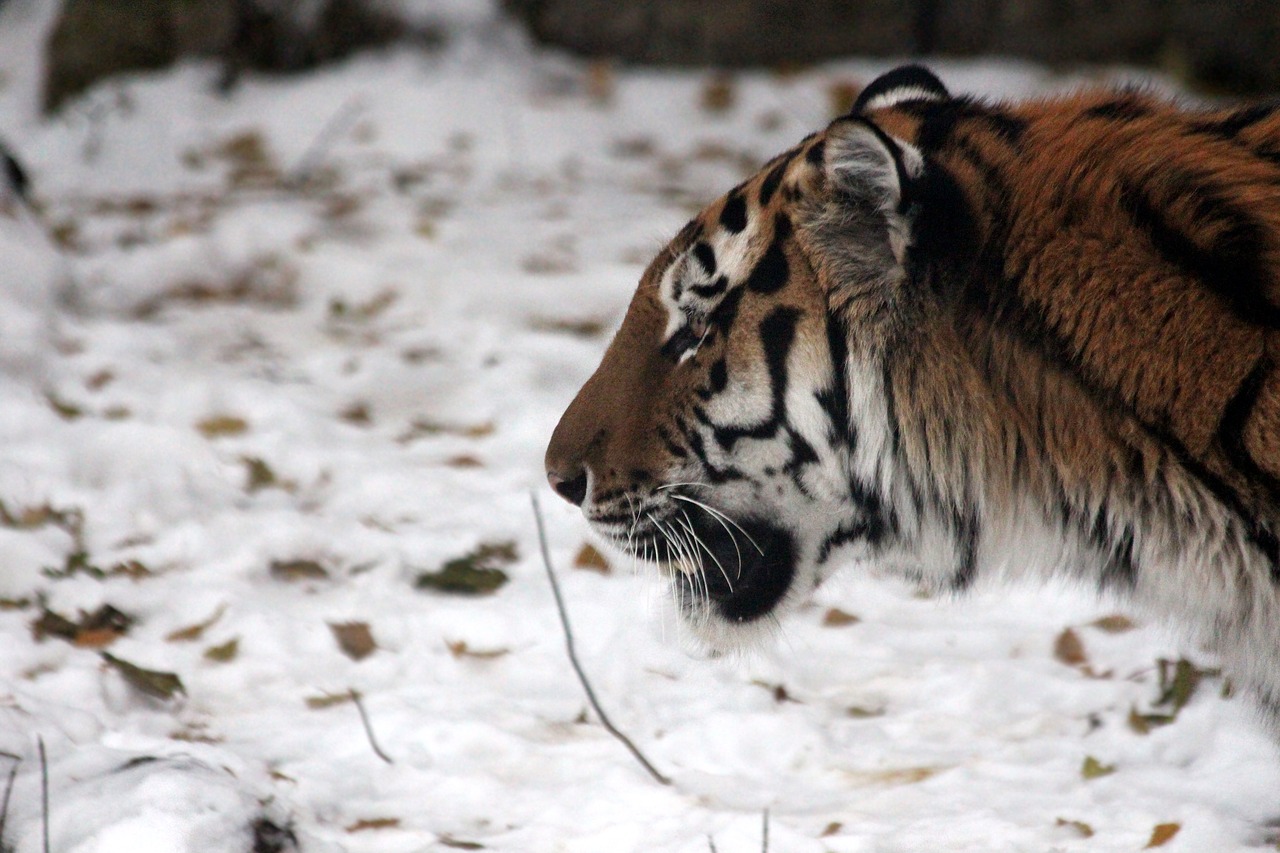“A tiger roadmap has been prepared, the camera traps have been put out, and in early February, more than 600 staff armed with clipboards, rulers, log books, satellite navigators and cameras will be checking that the tigers are still there,” the ministry said.
The ministry emphasized that the census will be conducted throughout the entire tiger habitat as opposed to the annual habitat monitoring carried out on ~ 1/5 of the tiger's habitat. Such census is carried out once every 10 years.
“This is a large scale and expensive campaign involving more than a thousand specialists and hundreds of pieces of equipment. The Amur Tiger Center will cover the operating expenses of the tiger census campaign,” said the regulator.
“The tiger census will allow us to receive the latest data on the Amur tiger population size, extent of its habitat in Russia, prey range, and many other things,” noted Amirkhan Amirkhanov, the Chairman of the Working Group for the 2021-2022 Tiger Census.
The census will be held in several stages. At the preparation stage before winter, the entire predator habitat which extends to more than 180 thousand square kilometers will be divided into 10 thousand square kilometers patches. Each patch will then be assigned to a separate coordinator. The coordinators, in turn, will divide patches into smaller ones from 150 to 200 square kilometers size and assign them to the staff in charge for census. Each of the patch will include from 1 to 3 tiger census roadmaps. Totally, in 2022, the wildlife experts have laid out 1300 tiger census roadmaps covering the tiger habitat.
“Amur tigers are being estimated by the footprints in the snow. One tiger is distinguished from another by the prints of the plantar callus on the front paw, the width of the palm callus print of the hind paw is also taken into account, and if necessary, the specialists use the imprint of the combined footprint of the front and hind legs. For species identification, the tiger’s trail and movement direction is taken into account.“We started to actively use the satellite navigators, photo/video recording devices, and automatic cameras during the 2014-2015 Tiger Census,” explained Vladimir Aramilev, the Scientific Coordinator for the 2021-2022 Tiger Census.
The preliminary results of the Amur tiger census will be released at the end of May 2022, and the final figures will be announced on September 2022 at the International Tiger Conservation Forum in Vladivostok.
According to the 2014-2015 Tiger Census, there were an estimated 523-540 species of the Amur tigers in Russia.









